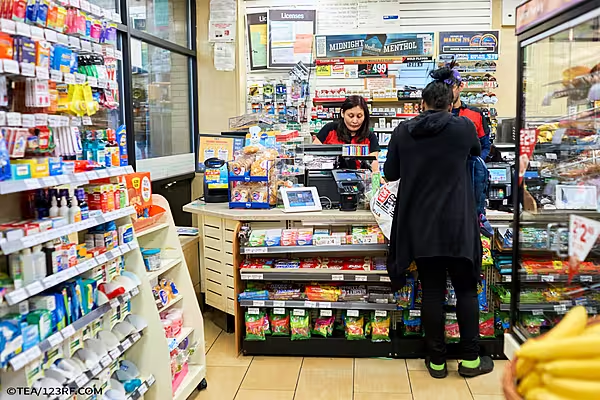The number of people facing hunger in the U.S. declined last year to the lowest since 2007 as unemployment fell and some states strengthened child-nutrition programs.
About 41.2 million people were "food insecure" in 2016, meaning that at some point in the year their ability to obtain adequate food was in question, the U.S. Department of Agriculture said in an annual study. That represents a 2.4 percent decline from 2015. Hunger was most prevalent in Mississippi, with 19 percent of households affected, while Hawaii’s rate of 8.7 percent was the lowest in the nation.
Food Insecurity
"Food insecurity increased substantially with the recession," Alisha Coleman-Jensen, the report’s lead author, said in a conference call after the report was released. Along with falling unemployment, low levels of food inflation have also eased hunger in the U.S., she said. "We’re continuing the downward trend."
U.S. unemployment was 4.4 percent in August, half a percentage point lower than a year earlier, as joblessness has gradually declined throughout the decade. Participation in the Supplemental Nutrition Assistance Program (SNAP), commonly called food stamps, has also dropped. About 42.3 million people received benefits in February, the most recent month of data available. That’s the lowest since July 2010.
Budget Planning
The report comes as Congress is contemplating cuts to SNAP, both as part of budget planning and in a five-year reauthorization of the nutrition program due next year. Food aid helps tougher-to-reach populations that aren’t as affected by low unemployment, including children living in poverty, the elderly and people with disabilities, said Lucy Melcher, government relations director for No Kid Hungry, a Washington-based advocate for increased spending on children’s programs.
"Many of the states that have seen the biggest declines are the ones that have been supporting school-meal programs," including Nevada, Arkansas, Colorado and Maryland, Melcher said. "If you want to see food insecurity decline, you have to see leadership on the ground."
The report was based on a survey of more than 41,000 households taken last December. Because of the sample size, small changes in percentages were not considered statistically significant, the study said.
News by Bloomberg, edited by ESM. Click subscribe to sign up to ESM: The European Supermarket Magazine.














